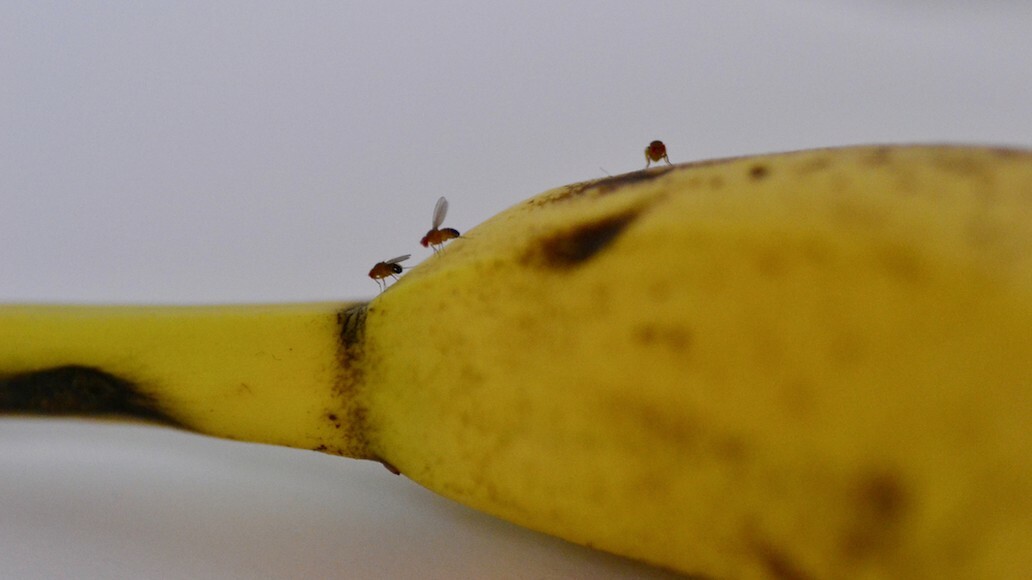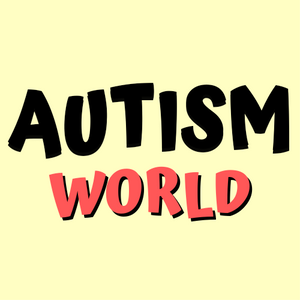
Using fruit flies, the research team selected 79 variants of ASD in 74 genes identified within the SSC. GETTY
Scientists are using fruit flies to help determine how a child’s DNA could contribute to the development of autism.
Researchers from Baylor College of Medicine and Texas Children’s Hospital looked into the effect that the de novo ASD genetic variants have on children. Their work was published in the journal Cell Reports.
Researchers know that changes to the de novo genes could be responsible for roughly 30 per cent of autism cases, but do not know which changes specifically are to blame. By using genetic strategies in fruit flies to determine how the genes impact autism in the Simons Simplex Collection, a group of 2,600 families affected by the disorder.
“ASDs include complex neurodevelopmental conditions with impairments in social interaction, communication and restricted interests or repetitive behaviours,” Shinya Yamamoto, co-author of the study said in a statement . “In the current study, we initiated our work based on information from a cohort of ASD patients in the SSC whose genomes and those of their families had been sequenced Our first goal was to identify gene variants associated with ASD that had a detrimental effect.”
Using fruit flies, the team selected 79 variants of ASD in 74 genes identified within the SSC, and studied the effect of each gene variant compared to a commonly found gene sequence as a control reference. They used three separate methods to determine how the variants were affecting the flies.
One way was to monitor for repetitive behaviour in the flies, since ASD patients can show patterns of repetitive behaviour, as well as changes to their actions during social interaction. By following the flies with the variant gene’s mannerisms during “social and non-social fly behaviours,” the team was able to identify which genes had an impact on the insects.
“It’s interesting to see that manipulation of many of these genes also can cause behavioural changes in the flies,” Jonathan Andrews, co-author of the study said. “We found a number of human genes with ASD variants that altered behaviour when expressed in flies, providing functional evidence that these have functional consequences.”
Another way they tested was by examining the flies’ biological functions, specifically in the nervous system. By replacing the standard fly gene with the variant human gene, researchers could observe how the bugs’ bodies were impacted.

Researchers studied fruits flies’ nervous system to understand the genetics of people with ASD. GETTY
The researchers also tested over-expressing the genes of interest in different types of tissue. Some genetic variants lead to conditions because they’re producing defective proteins, and others can lead to disease because of too much of another protein, co-authors Samantha Deal and Michael Harnish said.
“We investigated whether over-expressing gene variants found in individuals with ASD might explain the detrimental effect for some of these genes,” Deal said.
More than 300 types of flies were used for the study. The researchers were able to identify 30 ASD linked gene variants with functional differences, about 40 per cent of the total, when comparing against the control gene.
“Some of the variants we studied had functional consequences that were moderately or clearly predicted to be disruptive, but other variants were a surprise,” said Yamamoto. “Even the state-of-the-art computational programs couldn’t predict they would have detrimental effects.”
He added that the findings “highlight the value of using multiple, complementary approaches to evaluate the functional consequences of genetic variants associated with ASD or other conditions in a living animal. Our fruit fly approach is a valuable tool to investigate the biological relevance of gene variants associated with disease.”
As of 2018, about one out of every 44 children in the United States is on the autism spectrum by the time they turn eight, the Centers for Disease Contro l website states. That number in Canada, also as of 2018, was one in every 66 children, according to the federal government .
